
Testkube gave us exactly what we needed. A simple, Kubernetes-native tool that fits into our workflow and helps the whole team, technical and non-technical, build better software faster.


Table of Contents
TLDR;
- DocNetwork faced outages during traffic spikes due to limited testing and a legacy codebase.
- Deployments required 30+ hours/week of manual QA and meetings.
- Testkube integrated easily into their Kubernetes stack with GitOps and automated testing.
- QA became faster, more visible, and completely meeting-free.
- The team now ships with confidence, even during high-stress releases.
About DocNetwork
DocNetwork is the leading electronic health record system for camps, child care and schools. Its web application, developed over more than a decade, serves large institutions like one of the prestigious universities in California. These organizations often open camp registrations at precise times - typically midnight - resulting in sudden spikes in traffic reminiscent of a “Ticketmaster moment.”
Matt who is the Senior DevOps engineer described it, “We suddenly go from very little traffic to thousands of clicks per second.” These load surges exposed weaknesses in their legacy system and left the team scrambling to identify and fix performance issues after they had already impacted users.
The problem
Over the years, DocNetwork's codebase had grown organically, with little investment in testing infrastructure. “It was developed by an internal group of interns,” Matt explained. “We had a lot of legacy code, and not a lot of testing.” There were some basic unit tests, but no load testing, no smoke tests, and no way to simulate user behavior after deployment.
The pain point became clear during the annual registration rush. Servers would crash, databases would buckle under pressure, and unhappy customers were left waiting while engineers scrambled to investigate with only postmortem logs. “You can’t iterate when the feedback loop is weeks long,” said Matt. “You need a way to simulate those spikes before they happen.”
Discovering Testkube
Initially, DocNetwork began experimenting with K6 to simulate traffic. That helped, but it was only part of the solution. What they really needed was a way to launch and observe those tests easily - especially for team members who weren’t developers.
That’s where Testkube came in.
“Testkube gave us the interface,” said Matt. “It wasn’t just about running K6 tests; it was about having a place where non-technical people - like QA and Product - could see what happened, review artifacts, and get real insight.”
The simplicity was a game changer. Testkube slotted seamlessly into DocNetwork’s Kubernetes-based stack. Tests could be defined in Git, synced via Argo CD, and automatically triggered as part of their CI/CD process using Cargo. No need to adopt an entire bloated platform or build internal tooling from scratch.
Building confidence and saving time
Before adopting Testkube, DocNetwork’s deployment process was grueling. It required over 30 hours of manual QA and meetings every week. Releases involved spinning up environments, running regression checks manually, and hoping nothing broke in production.
With Testkube integrated, deployments are on track to be both faster and smarter. Playwright tests can run automatically as part of every deployment to the QA environment, and results, including screenshots of failed UI tests, are readily available for review. The only QA engineer on the team is now empowered to focus on meaningful validations, rather than rechecking the same features over and over.
“We’ve eliminated the deployment meetings altogether,” Matt shared. “Now QA initiates the deployment, Testkube runs the tests, and if something breaks, we can see exactly what happened. It streamlined the entire process.”
Scaling with simplicity
One of the standout reasons DocNetwork chose Testkube was its Kubernetes-native design and GitOps compatibility. The platform didn’t require any special setup beyond what their team already used. It just worked.
Even migrating to the enterprise version was smooth. “There was a script, we ran it, and everything worked. That was it.”
Testkube’s flexibility also allows for forward-thinking strategies. While they consolidated infrastructure to reduce costs, the team is considering future scenarios where they may simulate traffic from different regions. “We used to have a cluster on the West Coast for testing latency. Now we do everything in the US East, but we want to be able to spin up test agents regionally in the future.”
If not Testkube, then what?
Without Testkube, Matt admits they would have had to cobble together a mix of open source tools and write their own interface - an expensive, time-consuming endeavor that wouldn’t align with their core mission.
“We’re not in the business of building testing platforms,” he said. “We’re here to help kids get to camp.”
The outcome
Testkube helped DocNetwork go from manual, reactive testing to proactive, automated quality gates. The deployment cycle is smoother, QA is more efficient, and the team has greater confidence shipping to production even under extreme traffic conditions.
About Testkube
Testkube is a test execution and orchestration framework for Kubernetes that works with any CI/CD system and testing tool you need. It empowers teams to deliver on the promise of agile, efficient, and comprehensive testing programs by leveraging all the capabilities of K8s to eliminate CI/CD bottlenecks, perfecting your testing workflow. Get started with Testkube's free trial today.



